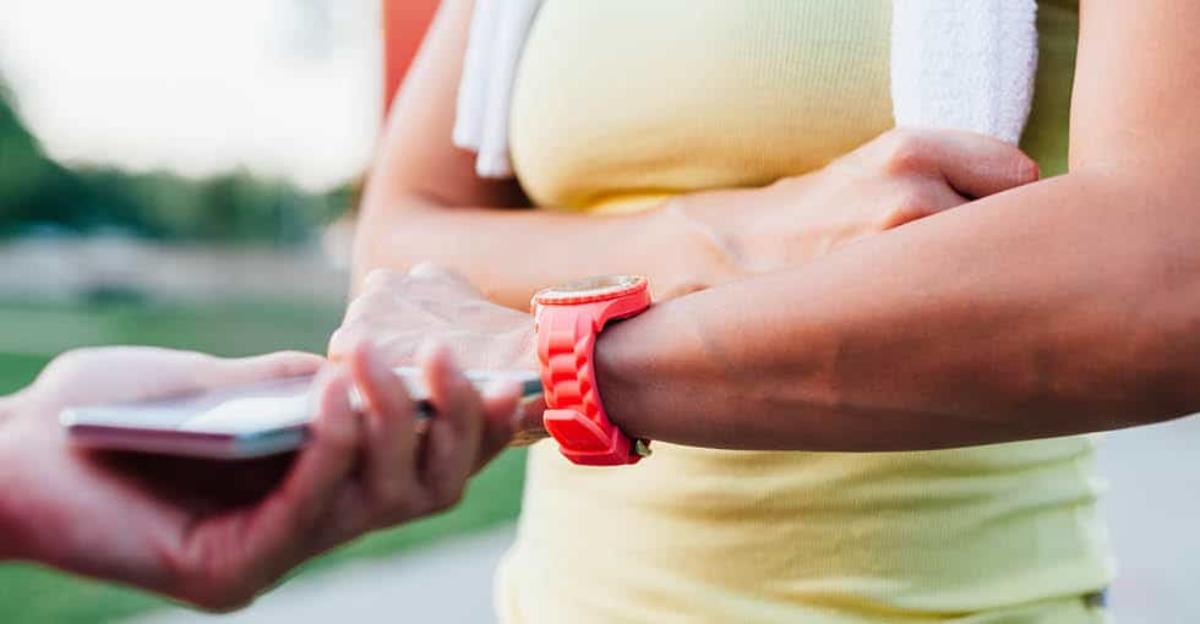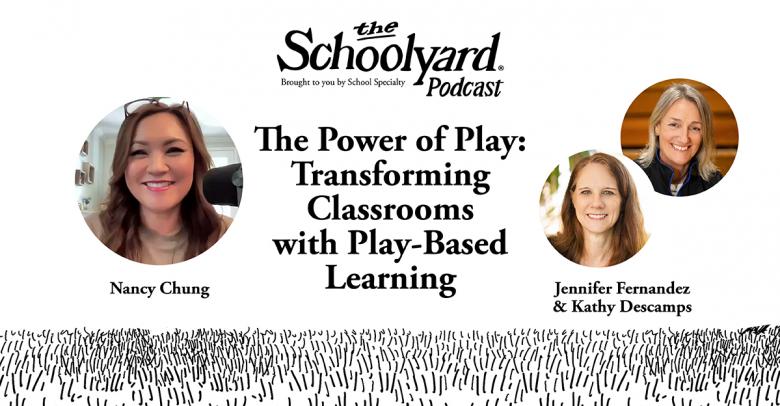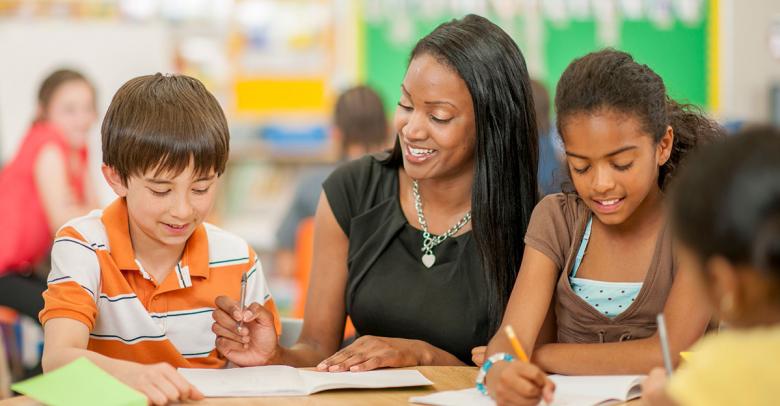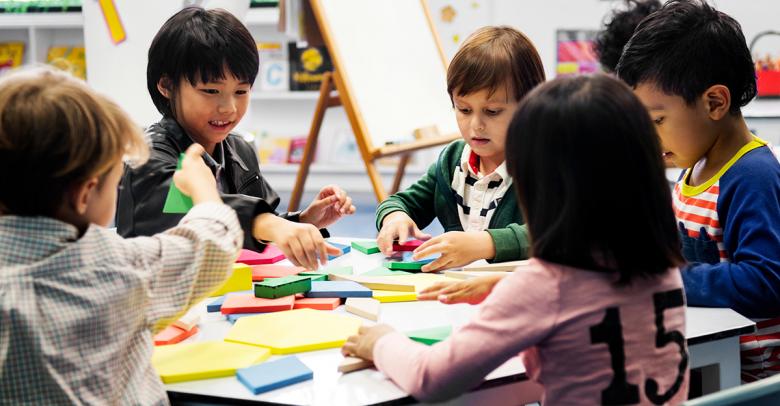Wearable technology is quickly becoming more than just a buzz phrase in education. From virtual technology headsets in geography class to fitness trackers in physical education settings, the technology of personal electronics is transforming the way students learn.
The nonprofit group Youth Sports Trust recently released a report forecasting trends in physical education for the next 20 years, and the organization listed wearable technology as a major player in what’s ahead. Wearable devices – and the accompanying mobile applications – will change the way P.E. classes happen, and how students can track and assess their own success. Gamification, via incorporating technology like virtual reality, will also play a role in transforming P.E. classes and sports offerings.
Let’s delve a little more deeply into why wearable technology will boost the value and effectiveness of P.E. classes, and how students and teachers will benefit.
Digital Native Mindset
The students in today’s physical education classes are part of the first generation of digital natives; they’ve grown up with uber-connected lives. Common Sense Media reports that 72% of children have a home computer, and 67% own a video game system. In the 0 to 8 age group, more than one-quarter of all screen time takes place on mobile devices like smartphones or tablets. Kids don’t need lessons in app usage – they show up to Kindergarten classrooms with the skill set in place.
Incorporating technology that students are already comfortable using into P.E. settings just makes sense. Wearable devices and apps help kids make the connection between fitness and the rest of their daily lives. It’s also a way to tap into something they’re already good at – using technology – to further engage students in P.E. class.
Better Assessment
As society transitions to a more automated, sedentary way of life, physical education classes are important places to teach students the value of active lifestyles. That happens through action. The focus of P.E. is not to allow the natural athletes a place to shine; it is to welcome students at every fitness level and help them improve. This occurs through standard practices like timed running or fitness tests, which are then duplicated throughout the term to gauge improvement.
Wearables like fitness trackers make it much easier to accomplish and streamline the assessment process, for both educators and students. For students who own their own wearables, the activity that happens in class is traceable to other aspects of life, and there is an easily accessible way to measure progress. Teachers benefit from more precise assessment tools, and students are able to carry the lessons they learn in P.E. classes into the rest of their lives.
Holistic Healthy Living
Wearable technology is not just about how many steps a person walks in a day, or reaching the 60-a-day recommended minutes of physical activity (though both are certainly perks of the technology). Leading devices, like the Fitbit, track sleep patterns and nutrition, and also guide users in making smart, healthy choices.
Fitbit is a well-known leader in wearable tech, but there are others available, with smaller price tags – including the $30 Zamzee device that is specific to younger users. A study of children who wore the Zamzee for 6 months found a 59% increase in the amount of physical activity they completed each day. These devices have mobile dashboards that show users a snapshot of their overall health – including steps taken, calories burned, food consumed, and the amount of sleep a person receives. With knowledge comes power, and wearable devices are helping users – from adults to elementary-age students – take control of their health through data measurement.
Technology is often associated with an increase in laziness; but when it comes to wearable devices, the opposite is true. Embracing these devices and apps not only saves times for P.E. teachers, but it engages students in a heightened way, empowering them to take on better lifelong health pursuits.
Click here for additional ideas for integrating technology and save on #PhysEd tech thru September 30, 2017.
Related blog posts:
6 Ways to Integrate Technology into Physical Education
6 Apps Every Physical Educator Needs






I’ve been incorporating heart rate monitors (HRMs) in my classes for around five years, and they’ve been a big hit with my students. We had a brief pause due to COVID restrictions, but since then, I’ve noticed my students becoming more engaged with technology. They really appreciate being able to track their personal progress and set their own fitness goals.
I also think that these heart rate monitors serve as a great self-motivator, encouraging students to stay active and focused on achieving their fitness goals.